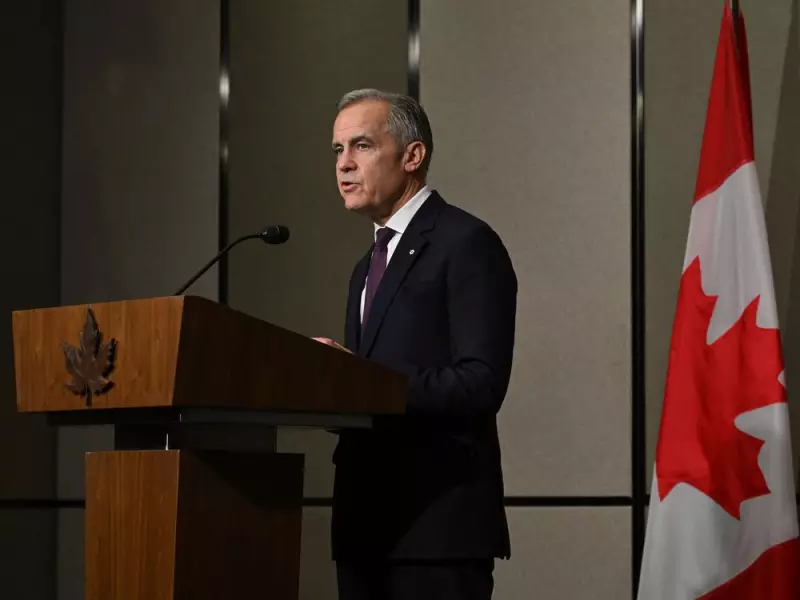
The Canadian federal government has unveiled a sweeping new fiscal framework that promises to reshape how Ottawa manages taxpayer dollars. This isn't just another budget announcement—it's a fundamental restructuring of federal financial rules that will impact everything from social programs to economic growth.
The Core Changes: What's Different Now
At the heart of the new framework are several key modifications to how the government approaches spending and deficits. The most significant shift involves stricter controls on discretionary spending while maintaining flexibility for priority areas.
1. Revised Deficit Targets
The government has introduced more realistic deficit reduction timelines, acknowledging current economic pressures while committing to fiscal responsibility. Unlike previous frameworks that promised rapid balance, this plan recognizes the need for strategic investment during uncertain times.
2. Spending Rule Overhaul
Gone are the days of blanket spending increases. The new framework establishes clear parameters for program spending growth, tying increases to economic indicators rather than political priorities.
3. Economic Guardrails
The plan introduces what officials are calling "economic guardrails"—automatic triggers that would adjust spending based on GDP growth, employment rates, and other key indicators. This represents a move toward more responsive fiscal management.
What This Means for Canadians
For everyday citizens, these changes translate into more predictable government services and potentially slower growth in certain social programs. However, the framework also promises greater long-term stability by preventing the kind of fiscal crises that have plagued other nations.
The Political Calculus
This framework represents a delicate balancing act for the Liberal government. It attempts to satisfy fiscal conservatives demanding restraint while maintaining room for the social spending that defines their political brand. The success of this approach could determine the government's economic credibility heading into the next election cycle.
Expert Reactions
Early responses from economic analysts have been cautiously optimistic. Many praise the framework's flexibility and recognition of economic realities, though some question whether the deficit targets remain ambitious enough.
The true test will come in implementation. As one senior finance official noted, "Frameworks are only as good as the discipline behind them." All eyes will be on the government's first budget under these new rules to see if the rhetoric matches reality.





